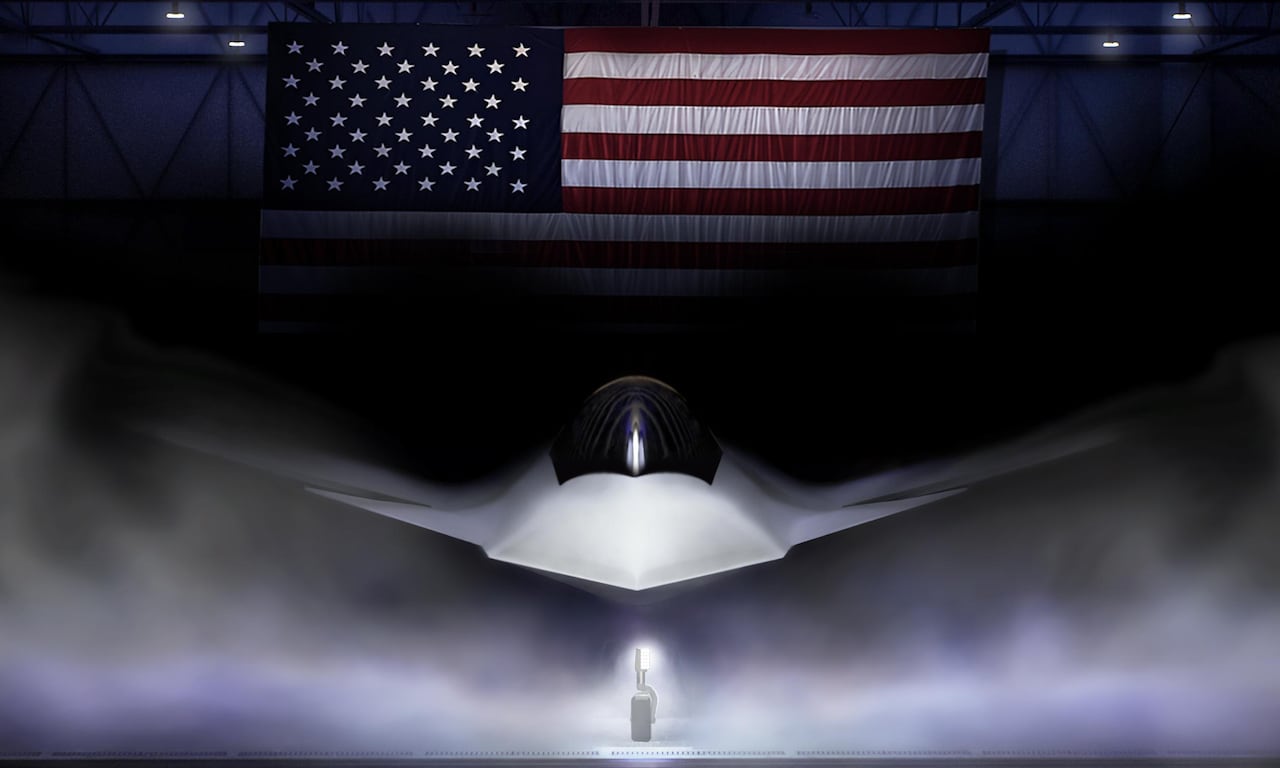The Donald Trump administration is showing signs of halting its role as the "global police", and as security threats have intensified across various regions, a global arms race is unfolding. Advanced defense industry technologies armed with artificial intelligence (AI) have changed the dynamics of the battlefield. Here’s a look at the rapidly changing landscape of the global arms industry. [Editor’s note]
The United States is a military superpower, accounting for half of the revenue of the world’s top 100 defense corporations. Last year, the U.S. accounted for 37% of global military expenditures. Next year, the U.S. defense expenditure is expected to surpass $1 trillion (approximately 143.7 trillion won) for the first time. This is underpinned by the Trump administration's hardline stance on China, aiming to contain its military expansion.
According to the "Trends in Global Military Expenditure 2024" report released last month on the 28th by the Stockholm International Peace Research Institute (SIPRI), the U.S. spent $997 billion (approximately 144.3 trillion won) on defense last year, a 5.7% increase from the previous year. This is more than three times that of China, which is in second place with $314 billion.
According to SIPRI’s tally, 41 U.S. corporations are included in the ranking of the world’s top 100 arms sales companies for 2023. Their total revenue reached $317 billion (approximately 45.6 trillion won), accounting for half of the total arms sales of the top 100 companies ($632 billion). Notably, the top five positions were dominated by the largest U.S. defense corporations: Lockheed Martin, RTX, Northrop Grumman, Boeing, and General Dynamics.
U.S. defense expenditure prioritizes the deterrence of China, classified as an enemy. The budget allocations include $61.1 billion for weapons systems for the F-35 stealth fighter, $48.1 billion for naval vessels, $37.7 billion for nuclear modernization, and $29.8 billion for missile defense.
Next year, the U.S. defense budget is likely to exceed $1 trillion. President Donald Trump noted during a meeting with Prime Minister Benjamin Netanyahu of Israel in early April that the budget for the fiscal year 2026 (October 2025 to September 2026) would be $1 trillion, saying, "We will have a very strong military." This is about 17% more than this year’s defense budget ($850 billion).
As the focus of the Trump administration’s military policy shifts toward countering China, changes to the role of U.S. forces in South Korea are being considered. According to U.S. media reports, Secretary of Defense Pete Hegseth signed and distributed a "Draft Defense Strategy Guidance" to the Department of Defense in March, identifying preventing a Chinese invasion of Taiwan and defending the U.S. mainland as the highest priorities for U.S. forces.
This guidance indicates a strategic shift in U.S. military operations, focusing on countering China while delegating responses to threats from Russia to European allies, threats from North Korea to allies in East Asia such as South Korea and Japan, and threats from Iran to allies in the Middle East. The primary mission of U.S. forces in South Korea is being adjusted from North Korean defense to Chinese deterrence.
President Trump’s request for shipbuilding cooperation with South Korea shortly after his re-election is also underpinned by intentions to counter China’s maritime dominance. With China dominating global shipbuilding volumes and outpacing in the number of combat vessels, the U.S. could no longer overlook China’s advantage in shipbuilding.
The Trump administration is pursuing plans to assign the construction, maintenance, repair, and overhaul (MRO) of U.S. Navy vessels to companies in South Korea and Japan. Currently, Hanwha Ocean, HD Hyundai Heavy Industries, and HJ Shipbuilding & Construction are preparing to enter the U.S. naval MRO market.
In March, President Trump made an unexpected announcement regarding the development contract for the sixth-generation fighter named F-47, which is speculated to be related to the recent unveiling of J-36 and J-50, presumed sixth-generation fighters from China. The F-47 is expected to be deployed in the mid-2030s, succeeding the fifth-generation stealth fighters F-22 and F-35, which are renowned for their superior aerial combat capabilities. Boeing awarded the F-47 project, overtaking Lockheed Martin, which developed the F-22 and F-35.
